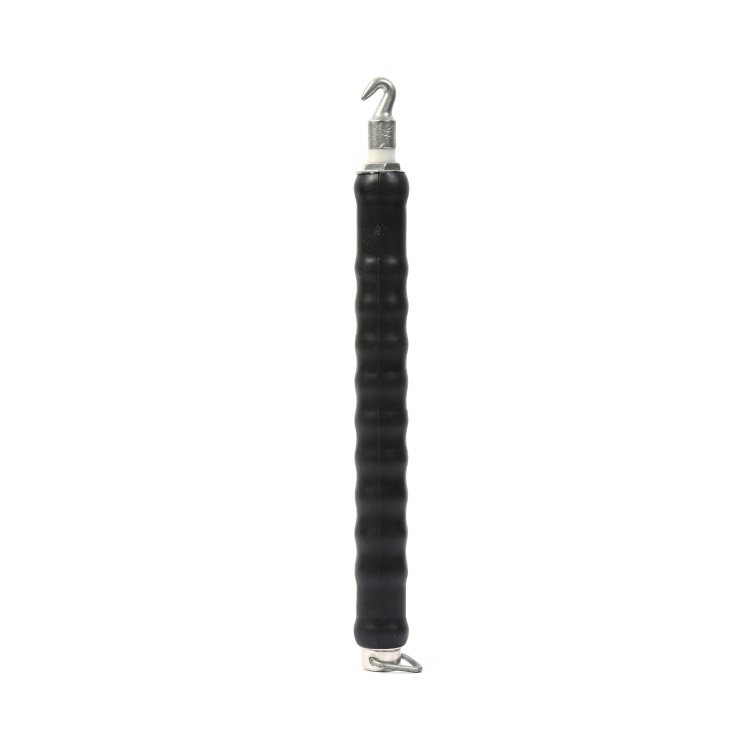Common Steel Nail Manufacturing Facilities and Their Production Processes
The Common Steel Nail Factories An Overview of Production and Impact
Steel nails are ubiquitous in construction and woodworking, serving as a fundamental component in joining materials together. From residential homes to large-scale infrastructures, nails are a crucial part of our daily lives. Behind the abundance of steel nails is a network of factories dedicated to their production. This article explores these common steel nail factories, examining the processes, types of nails produced, and the environmental and economic impacts of their operations.
Production Process
The manufacturing of steel nails involves several key steps, beginning with raw material preparation. Factories typically source high-quality steel wire, which is then drawn to reduce its diameter. This wire drawing process is crucial as it ensures the steel is sufficiently strong and of the right size for nail production.
Once the wire is appropriately sized, it undergoes cutting, where machines automatically slice it into specific lengths corresponding to different nail sizes. The next stage is shaping. Here, specially designed machines form one end of the wire into a sharp point while the other end is flattened or shaped into a head. This transformation is instrumental as it creates the characteristics that allow the nails to effectively penetrate and hold materials together.
Following shaping, nails are subjected to heat treatment, where they are heated and then cooled to enhance their strength and durability. This process is essential, as nails need to endure significant forces during fastening without bending or breaking. After heat treatment, nails are usually coated with a protective layer, such as zinc, to prevent rusting and enhance their longevity. Finally, the nails are sorted by size and packaged for distribution to wholesalers, retailers, and directly to consumers.
Types of Steel Nails
Common steel nail factories produce a wide variety of nails, catering to different applications. Some of the most frequently manufactured types include
1. Common Nails These are used for general construction purposes, featuring a thick shank and a large flat head, making them ideal for framing and attaching wooden pieces. 2. Finish Nails Slightly smaller and thinner than common nails, these nails are designed for finishing work and have a smaller head that can be driven below the surface of the wood for a seamless appearance.
common steel nail factories

4. roofing Nails Characterized by a large, flat head, these nails are specifically designed for attaching roofing materials.
5. Specialty Nails Factories may also produce nails for specific applications, such as masonry nails for concrete or galvanized nails for outdoor use.
Economic Impact
The steel nail manufacturing industry plays a significant role in the economy. Factories not only create jobs, from production line workers to management roles, but they also contribute to the local economies through procurement of materials and services. As construction and housing markets grow, the demand for steel nails increases, propelling factory production and innovation.
Environmental Considerations
Despite their economic value, steel nail production is not without its environmental concerns. The manufacturing process requires considerable energy, primarily from fossil fuels, contributing to greenhouse gas emissions. Additionally, the extraction of raw materials can lead to habitat destruction and pollution. However, many factories are now adopting sustainable practices, including recycling scrap materials, implementing energy-efficient technologies, and reducing waste through improved manufacturing techniques.
Conclusion
In conclusion, common steel nail factories are vital to the construction and woodworking industries, providing essential products that facilitate numerous building processes. While they contribute significantly to economic growth, it is crucial to also focus on sustainable practices to mitigate environmental impacts. As demand for steel nails continues to rise, innovation and responsible manufacturing will be paramount in creating a balance between operational efficiency and environmental stewardship. Understanding these factories' inner workings and their broader implications can help consumers make informed choices while supporting sustainable development.
-
The Durability and Versatility of Steel Wire
NewsJun.26,2025
-
The Best Iron Nails for Your Construction Projects
NewsJun.26,2025
-
Strengthen Your Projects with Durable Metal Stakes
NewsJun.26,2025
-
Get the Job Done Right with Duplex Nails
NewsJun.26,2025
-
Explore the Versatility and Strength of Metal Mesh
NewsJun.26,2025
-
Enhance Your Security with Razor Wire
NewsJun.26,2025














